- Home
- slideshows
- miscellaneous
- Photos show how ants escaped a Soviet nuclear weapons bunker after surviving on cannibalism for years
Photos show how ants escaped a Soviet nuclear weapons bunker after surviving on cannibalism for years
A colony of ants recently escaped a Soviet-era bunker in Poland, once used to store nuclear weapons.

The scientists only found worker ants in the bunker, with no queen and no larvae.
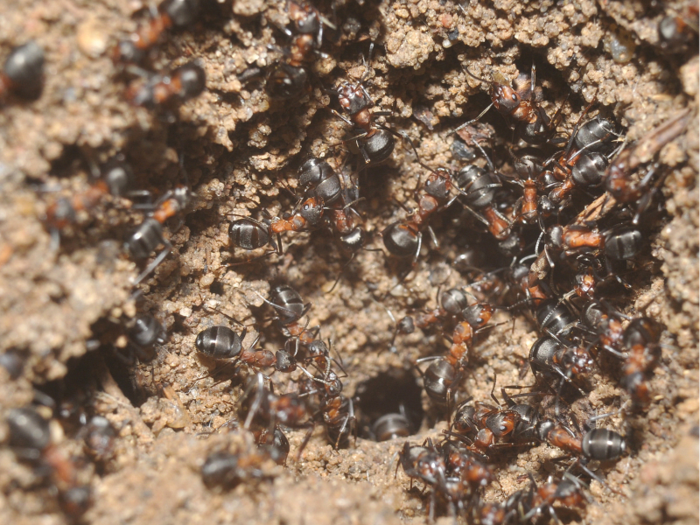
The ants didn't seem to produce any offspring, likely due to low temperatures and lack of food.
The bunker colony grew as ants from the original colony, in the forest above, fell through a ventilation pipe beneath their nest.
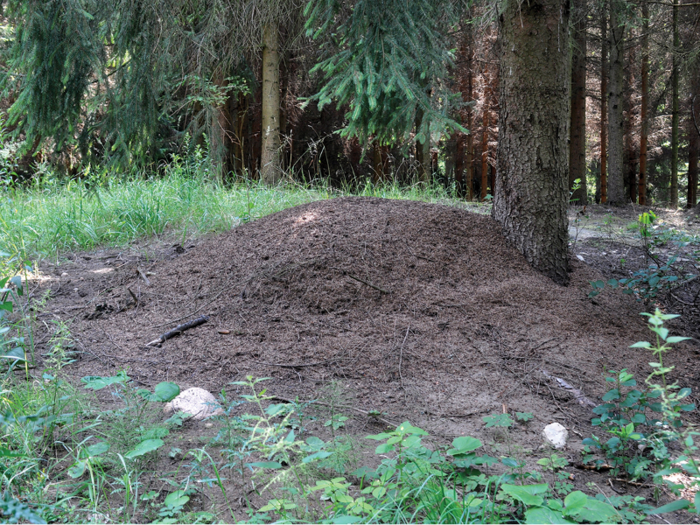
In total darkness, the bunker colony built its own mound from dirt on the bunker floor.
Freedom was always just out of reach. Since they couldn't move along the ceiling, the ants couldn't climb back up the pipe.
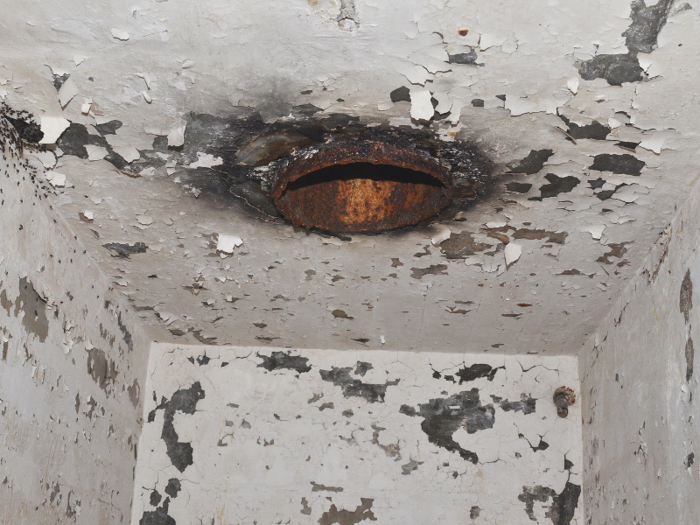
The researchers could get in and out of the bunker through cracks that the ants couldn't access. They started to think about how they could help the ants escape.
The ants' food source remained a mystery until the researchers came back in 2016 and examined some of the two million ant corpses piled up around the bunker.
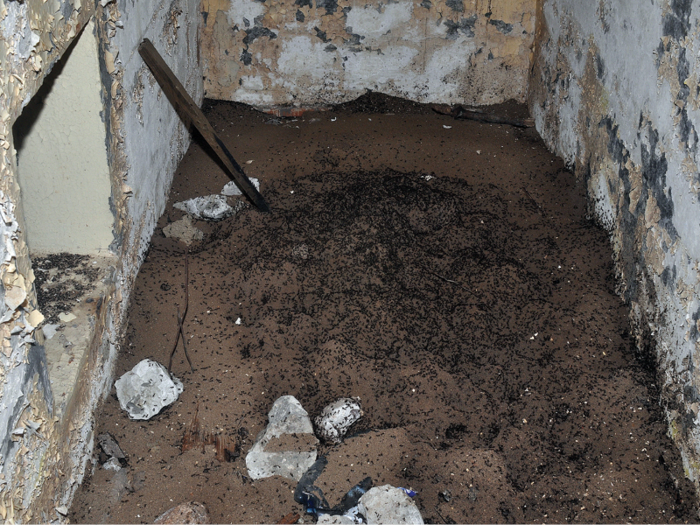
"I wasn't surprised," co-author and ant ecologist Maák István told Popular Science. "It was a logical option for them to survive in this way."
Of the corpses that the researchers collected, 93% had bites or holes indicating that other ants had eaten them. The living ants had punctured the abdomens of dead ants to suck out their innards, "like opening a can," István said.
The researchers only examined dead ants that still had their abdomens, to avoid double-counting pieces of the same corpses.
Then the scientists noticed an old wooden plank leaning against the bunker wall. The trail of ants climbing to the ceiling began there.
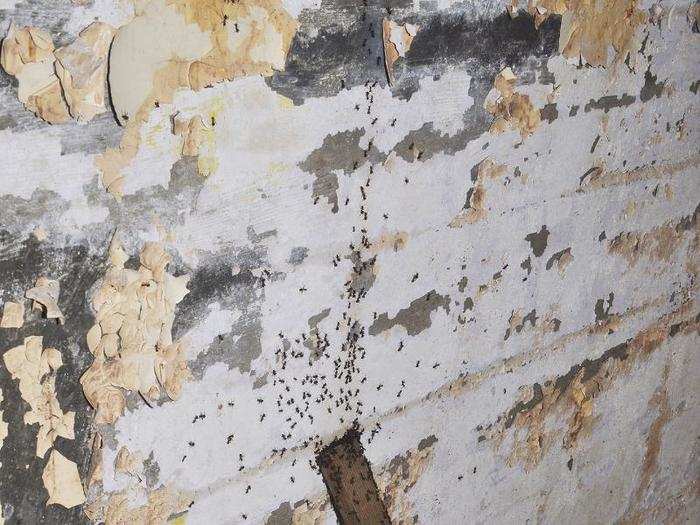
Maybe the researchers could provide direct access to the ventilation pipe.
So they set up a 9-foot "boardwalk" from the ants' mound to the ventilation pipe above.
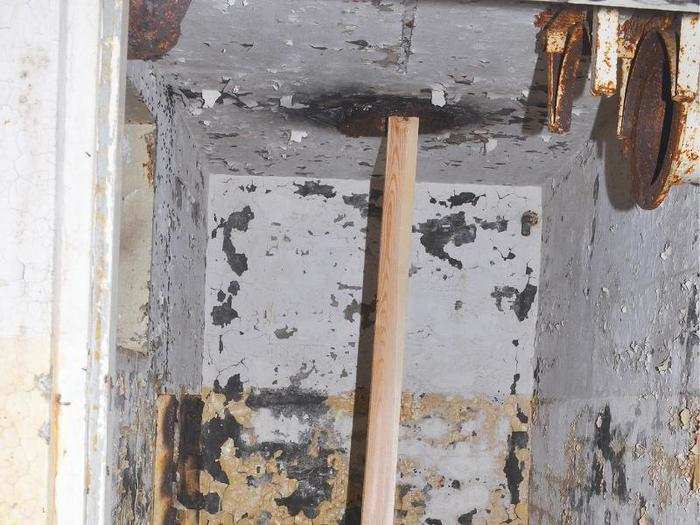
"It was meant to serve as an escape route, allowing the ants to leave the bunker," the researchers wrote.
Before the research team left, they noted that some ants started inspecting the boardwalk right away.
When researchers returned to the bunker a few months later, all but a few stray ants were gone, leaving behind piles of partially cannibalized corpses.

In the end, the scientists marveled at the ants' perseverance and adaptability.
"The ecological and behavioural flexibility of the wood ants may allow them survival even in unexpectedly suboptimal conditions," they wrote.
Popular Right Now
Advertisement